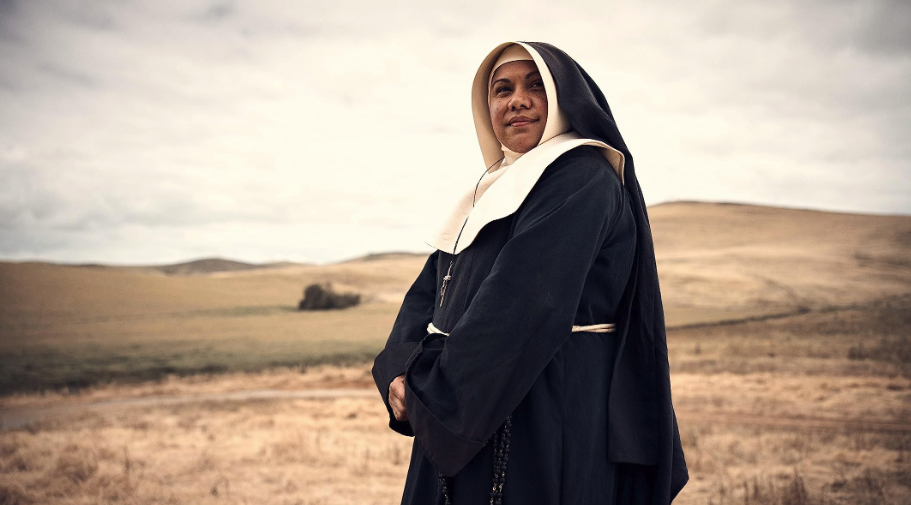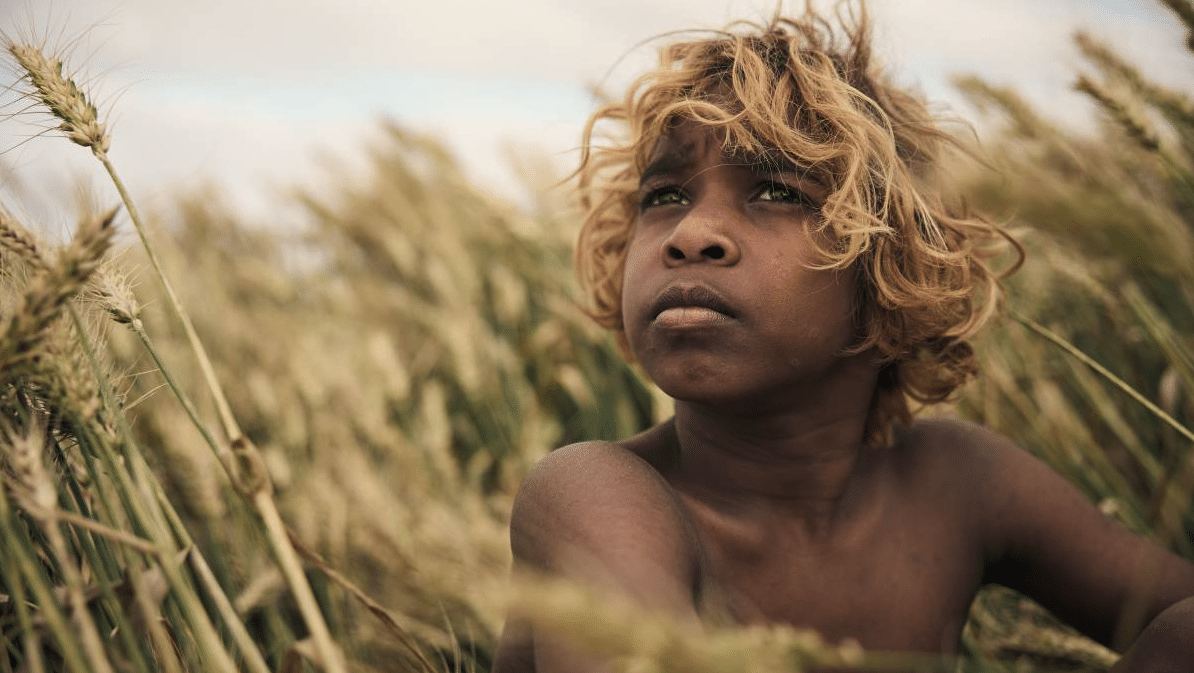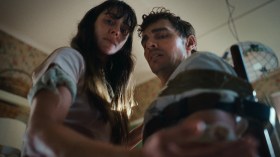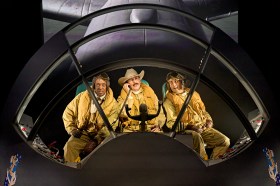The New Boy, written and directed by Warwick Thornton of Samson and Delilah fame, tells the story of a young Aboriginal orphan ( newcomer Aswin Reid) who is taken to a remote monastery orphanage in rural South Australia, run by a renegade nun, Sister Eileen (Cate Blanchett). Set in 1940s Australia and inspired by Thornton’s experience of attending a Christian boarding school, the film delves into Australia’s colonial past and the importance of Aboriginal spirituality and how it fits in with the Christian faith.
The film, which was written by Thornton nearly 20 years ago, finds a beautiful balance between supernatural themes and spirituality, with amazing performances from the boys in the monastery and music by Nick Cave and Warren Ellis.
Among the more serious themes of the film there are also comedic moments, thanks to performances by Deborah Mailman as Sister Mum and actor-director Wayne Blair as George, both of whom help look after the children. The characters played by Mailman, Blair and Blanchett create a solid framework, which allows the kids to be at the forefront of the story.
Innocence
The innocence of the orphaned children is at the heart of the film. Even as they are put to hard work everyday, there are moments when they run around, play and fight, just like little boys do. Their realistic and captivating performances are commendable considering most had never been on a film set before.
Reid, as the titular new boy, is a scene stealer. Even without saying much, his curiosity, cheekiness, kindness, generosity and childhood innocence shines through. He is enchanting in his interactions with the world and people around him.
Read: What to watch in July: new to streaming, cinemas and film festivals near you
His mesmeric presence draws the audience’s eyes directly to him regardless of who else is on screen with him. When he first arrives at the monastery, his sun kissed hair is unbrushed, and for the majority of the film he only wears shorts with no shirt. There is a freedom in him as he wanders around and doesn’t follow the ‘rules’. As time goes by he becomes changed by this new world.
Christianity
The role of Christianity is questioned as the film progresses. We learn that the new boy has a special type of magic in him, seen through a glowing orb he has tucked away. This ‘spark’ is a critical part of the new boy that battles with his new Christian teachings. In an interview with the ABC’s 7:30 Thornton described how this aspect of the film opens up a conversation about Indigenous spirituality, culture and Christianity.

‘It’s not about who wins or who loses – it’s about if you recognise what we have and how special it is, even if you don’t like it and you want to get rid of it and you want to kill it,’ he said. ‘Just by recognising it, we’re on the board, and we can actually start having a conversation.’
Thornton’s talent as a cinematographer is clear in this film as he accentuates the magnificence of the South Australian landscape. This is not only prevalent in the opening shots but throughout the film, from the new boy playing in the vast fields of wheat to the haunting dawn landscape. Sometimes the shot is simply of wheat swaying in the breeze in time with the music. The strong connection to the land is also revealed as the new boy begins climbing a tree (but is promptly told to climb down) and in his effortless ability to interact with animals.
The New Boy is an enchanting film and an intriguing exploration of Aboriginal spirituality through the innocent eyes of a curious child.
The New Boy is in cinemas now.
Actors:
Director:
Format:
Country:
Release:





